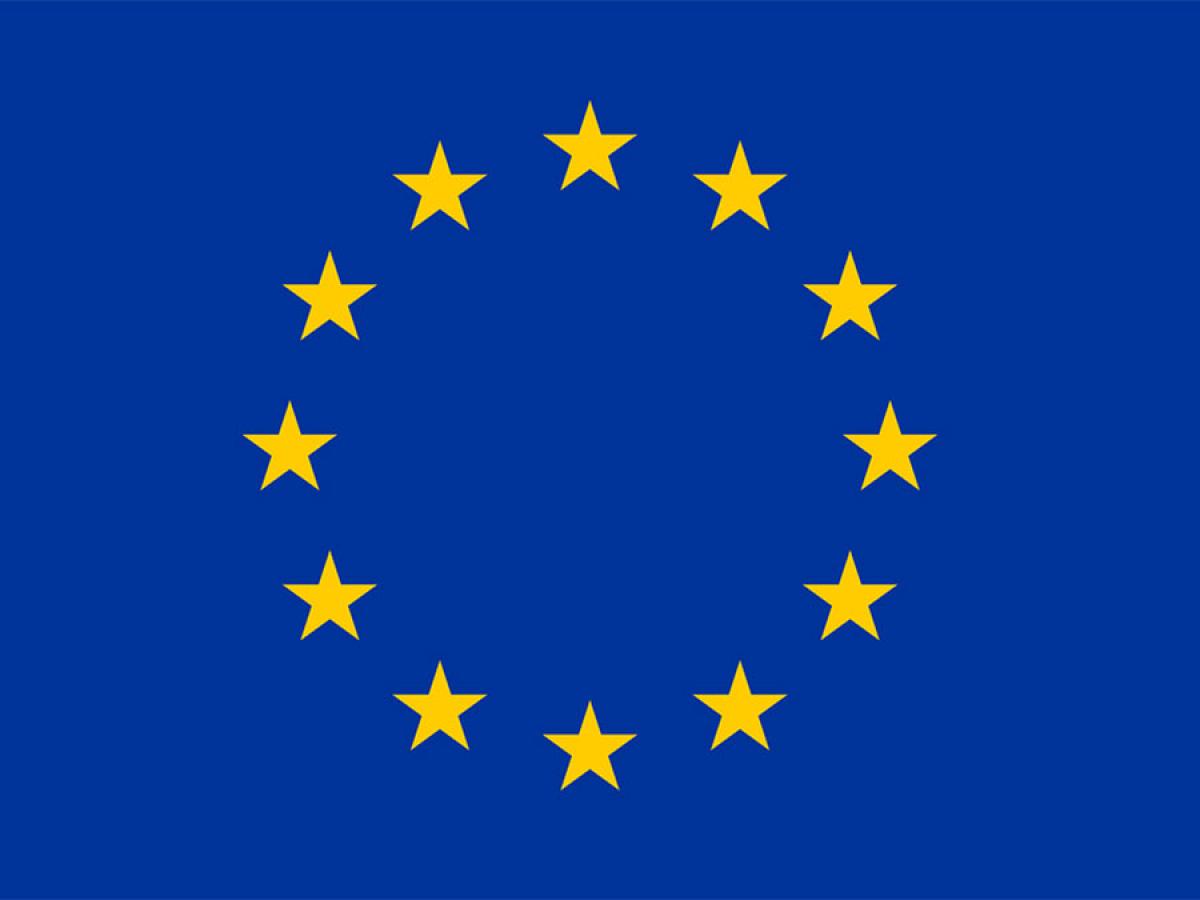Services: The DNA of e-commerce

Just as DNA is the key that unlocks the development and functioning of an organism, a whole host of services contribute to the development of e-commerce and how it functions as an ecosystem.
Like DNA, services not only build and maintain e-commerce but also made the evolution of e-commerce possible and drive its growth today.
Moreover, like the double helix in which streams of DNA are configured, services are also subject to inter-linked duality. This duality consists of a coupling of the supply of the services, themselves, with their enabling function for other goods and services. This role is what gives services a paramount importance in the digital economy.
This duality is recognized in WTO, and, by extension, many FTAs that draw upon the WTO.
Initially, a dual role was acknowledged in the opening lines of the GATS Annex on Telecommunications of the General Agreement on Trade in Services (GATS). It is also evident in the WTO definition of e-commerce, which covers the “production, distribution, marketing, sale or delivery of goods and services by electronic means” and has been the basis for WTO talks.
At times, however, e-commerce in services appears to take a back seat to e-commerce in goods in trade talks in the WTO and in other formats. The WTO moratorium on customs duties on electronic transmissions, to cite one example, is often too narrowly cast as chiefly relevant to physical products that can now be downloaded. However, as services negotiators have pointed out, “transmission” of services has benefitted enormously from the moratorium, offering the predictability that duties would not be introduce in the future.
Neglecting the services angle is unfortunate and can ultimately reduce the value of any outcomes of talks. In fact, the GATS Council for Trade in Services is one of the only WTO sub-bodies in which e-commerce remains on the agenda today.
Indeed, the vast majority of services are, themselves, ordered, supplied and/or managed online, i.e., “by electronic means”. At the same time, services support trade in other goods and services, a.k.a. ICT-enabled trade. Telecommunications, computer services, financial services and transport and logistics, to name a few, form the ecosystem that makes e-commerce possible. In this sense, they also represent the e-commerce value chains.
Often overlooked is the fact that supply of telecommunications services is e-commerce. Quintessentially online, telecommunications were among the first services to ever to be supplied “electronically”. Subsequently, computer services began a transition to delivery over networks and, hence, traded electronically, long before other activities we think of as e-commerce today.
Before long, downloadable software, remote data processing and storage, and dedicated networks began offering companies, including in the distribution, tourism and transport sectors, a hybrid of telecommunications and computer service capabilities. This development wrought lower trade costs as well as reduced market entry barriers for small and medium-sized enterprises.
Software development and other IT support services were transmitted online, for example, from Bangalore to foreign clients via satellite, long before Internet became widely available. Today, financial, professional, and many medical services are supplied electronically online. ICT-enabled online reservation and management systems also dramatically reduced costs of doing business. Almost entirely online today, hotel and airline reservation systems and dedicated travel websites are so essential that without them the tourism industry would crumble.
Moreover, it goes without saying that a huge market for e-commerce in online audio-visual and other media, such as music, film, messaging, video calling and social media services, broke onto the world stage. This, despite early struggles to adapt new commercial models in, for example, the music and film industries. Ultimately, such services were able to grow dramatically and reduce cost to consumers via an advertising-oriented commercial model borrowed from the television and newspaper industries. Today, consumers take e-commerce in services like Netflix and Spotify for granted.
Another trend often overlooked is that electronic networks made possible the international trade in back-office support services (also known as business process outsourcing). When outsourced online thanks to internet and other corporate networks, these also fall within the WTO definition of e-commerce. These and other business services such as foreign call centers are a segment of e-commerce in which developing economies have excelled, but surprisingly, the sector rarely gains prominence in the e-commerce discussions.
Other online services performing a dual role are market platforms. These are now de rigeur, even for companies that also maintain a physical, “brick and mortar” counterpart. Although some are large and global, platforms have none the less also proliferated around the world at regional and national levels. Most of them engage in international trade, via sponsoring sellers or buyers from various economies (GATS mode 1) or via ventures with foreign partners (GATS mode 3). Whether retailers or wholesalers, these platforms conduct e-commerce in what the GATS categorizes as “distribution services”.
Meanwhile, the platforms offer yet another example of e-commerce in services, in their own right, but which also make e-commerce in goods and other services possible. Along with telecommunications, financial services, computer services and transport/logistics, the distribution service platforms an integral part of the infrastructure of the e-commerce ecosystem.
An argument that services are the DNA of e-commerce would not be complete without mention of their role in growth and evolution within the global economy and of individual economies as they strive to weather and recover from recent global crises. Recent data from the WTO demonstrated that, aside from tourism, services trade showed signs of recovery earlier than goods trade. By the third quarter of 2021, trade in commercial services reached pre-pandemic levels, growing 25% year-on-year and transport services grew 33%. In the fourth quarter of 2021, another 25% services year-on-year growth was posted, resulting in an annual 15%.
Trade in telecommunications and computer services maintained growth throughout the pandemic and remained strong. Trade in telecommunications, witnessed a peak in Internet traffic and a 30% increase in bandwidth, but fell by 4% in value terms due to reduced prices. Computer services, at 34%, grew in both developed and developing economies. For example, exports increased 29% in the United States, 42% in Mauritius, 51% in Ireland and 68% in Bangladesh.
These trends demonstrate the resilience of digital services trade and that e-commerce in services is no longer merely a convenience, but rather a necessity for a sustainable global economy. To capitalize on e-commerce in services, governments need to enhance connectivity, pursue regulatory reform, and vastly increase international cooperation.
A logical corollary to this is that e-commerce discussions at the regional and multilateral levels need to embrace services trade policies and rules more fully. What steps will ensure that the services DNA will more adequately support e-commerce and, conversely, that e-commerce supports innovation and growth in services trade? The following suggestions would help:
- Drawing on ample WTO dispute settlement jurisprudence, reaffirm technological neutrality as a guiding principle for the GATS and other WTO agreements (and, by extension, FTAs).
- Maintain the moratorium on customs duties on electronic transmissions, along with confirmation that it will bar the creation and imposition of duties on the great many services that are transmitted electronically.
- Complete analysis of the relation between proposed e-commerce provisions and the GATS, to ensure that new rules strengthen and add value to the existing rules, rather than give rise to uncertainty or inconsistencies.
- Follow up with interpretative notes to fine-tune some GATS provisions to meet digital realities (e.g., modes of supply, the Annex on Telecommunication, the Reference Paper) and supplemental scheduling notes to clarify the services classification.
- Improve GATS services market access commitments. E-commerce infrastructure is a starting point, but many other commitments to online services are out of date. Twenty-first century rules without twenty-first century commitments could prove to be a pyrrhic victory.
Lee Tuthill visiting Fellow, The University of Adelaide, Institute for International Trade. Lee worked at the WTO from 1990 to 2021, where she specialized in GATS, telecommunications/ICT, emerging technologies and digital trade.
The views expressed here are the author’s alone, and do not represent the views of the Institute for International Trade.
Photo by Fotis Fotopoulos on Unsplash

With the support of the Erasmus+ Programme of the European Union
This work is licensed under Commons Attribution-NonCommercial-NoDerivatives 4.0 International License.
IIT is a global leader in researching, analysing and commenting on International Trade.
Stay informed about our up-and-coming seminars, events, publications, awards, new projects and collaborations, and other exciting news.
